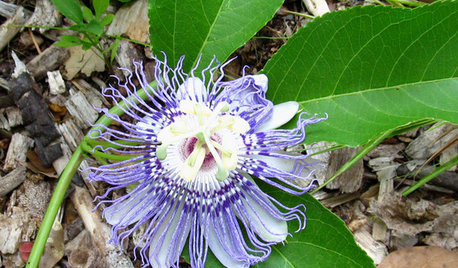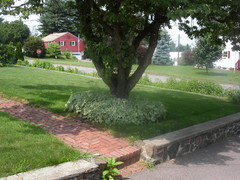Should Have Known Better - Bishops Weed
Carole Westgaard
13 years ago
Featured Answer
Sort by:Oldest
Comments (17)
azzgardengirl
13 years agohoney_mi
13 years agoRelated Professionals
Tomball Landscape Architects & Landscape Designers · Mount Wilson Landscape Architects & Landscape Designers · Cedar Hill Landscape Contractors · Cockeysville Landscape Contractors · Hampton Bays Landscape Contractors · Metairie Landscape Contractors · North Chicago Landscape Contractors · South Farmingdale Landscape Contractors · Teaneck Landscape Contractors · West Chicago Landscape Contractors · Wethersfield Landscape Contractors · Winter Gardens Landscape Contractors · Gurnee Siding & Exteriors · Riverside Siding & Exteriors · Acushnet Stone, Pavers & Concretebuyorsell888
13 years agokathielo
13 years agoCarole Westgaard
13 years agonanner10
13 years agoCarole Westgaard
13 years agosimcan
13 years agosusannaede
13 years agosimcan
13 years agoCarole Westgaard
13 years agofinchelover
13 years agosimcan
13 years agoemerogork
8 years agoubro
8 years agolast modified: 8 years agogardengal48 (PNW Z8/9)
8 years ago
Related Stories

GARDENING FOR BUTTERFLIES3 Ways Native Plants Make Gardening So Much Better
You probably know about the lower maintenance. But native plants' other benefits go far beyond a little less watering and weeding
Full Story
EDIBLE GARDENSNatural Ways to Get Rid of Weeds in Your Garden
Use these techniques to help prevent the spread of weeds and to learn about your soil
Full Story
GARDENING GUIDESWhat’s in a Name? See 6 Wildflowers That Aren’t ‘Weeds’ at All
Dispel the stereotypes of weeds and try these wildlife-supporting native wildflowers in your garden
Full Story
GARDENING GUIDESGreat Design Plant: Bugle Weed, a Quick Ground Cover
It’s highly adaptable, suppresses weeds, reduces erosion and provide weeks of bright flowers. Just watch for invasiveness
Full Story
COMMUNITY15 Ways to Make Your Neighborhood Better
Does your community lack ... well, a sense of community? Here's how to strengthen that neighborly spirit
Full Story
FEEL-GOOD HOMEIs Your Bedroom Designed for a Good Night’s Sleep?
Find out how the right nightstands, bedding, rugs, TV and storage can help you get more restful slumber
Full Story
GROUND COVERSGround Force: 10 Top Ground Covers for Your Garden
Protect your soil from weeds and drought this summer with a living mulch of ground covers
Full Story
GARDENING GUIDES7 Ecofriendly Gardening Ideas That Also Cut Chore Time
Spend less time weeding, less money watering and more moments just sitting back and enjoying your healthy garden
Full Story
GARDENING GUIDESGreat Design Plant: Passiflora Incarnata
Enjoy the amazing flowers and edible fruit of U.S. native Passiflora incarnata (also known as maypop) — the butterflies sure do
Full Story
LANDSCAPE DESIGNInside Houzz: Soft Geometry in a Modern Wisconsin Garden
In a city known for harsh winters, homeowners enjoy outdoor living inspired by Southern California
Full Story






emerogork